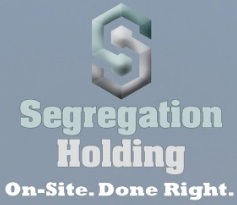A Cost Segregation Study is a strategic, tax-saving tool that can be used by companies and individuals who have constructed, purchased, expanded, or remodeled any kind of commercial real estate. The study allows the owner to take advantage of accelerated depreciation deductions and defer federal and state income taxes.
Normally, 100% of the cost of commercial real estate is depreciated over 39 years. During a Cost Segregation Study, components of a property or leasehold improvement that can be depreciated over a shorter time (5, 7, or 15 years) are identified and reclassified. For example, 30% to 90% of the total electrical costs in most buildings can qualify for 5 or 7-year depreciation.
Typical components that can be reclassified include a building’s non-structural elements, such as carpet, decorative lighting and trim, dedicated electrical and plumbing, and security systems; exterior land improvements, such as landscaping, curbs, sidewalks, fencing, and signage; and indirect construction costs, such as architect and engineering fees and construction permits. The result of a Cost Segregation Study is that a property owner’s tax obligation is reduced and cash flow is increased. flow is increased.






















